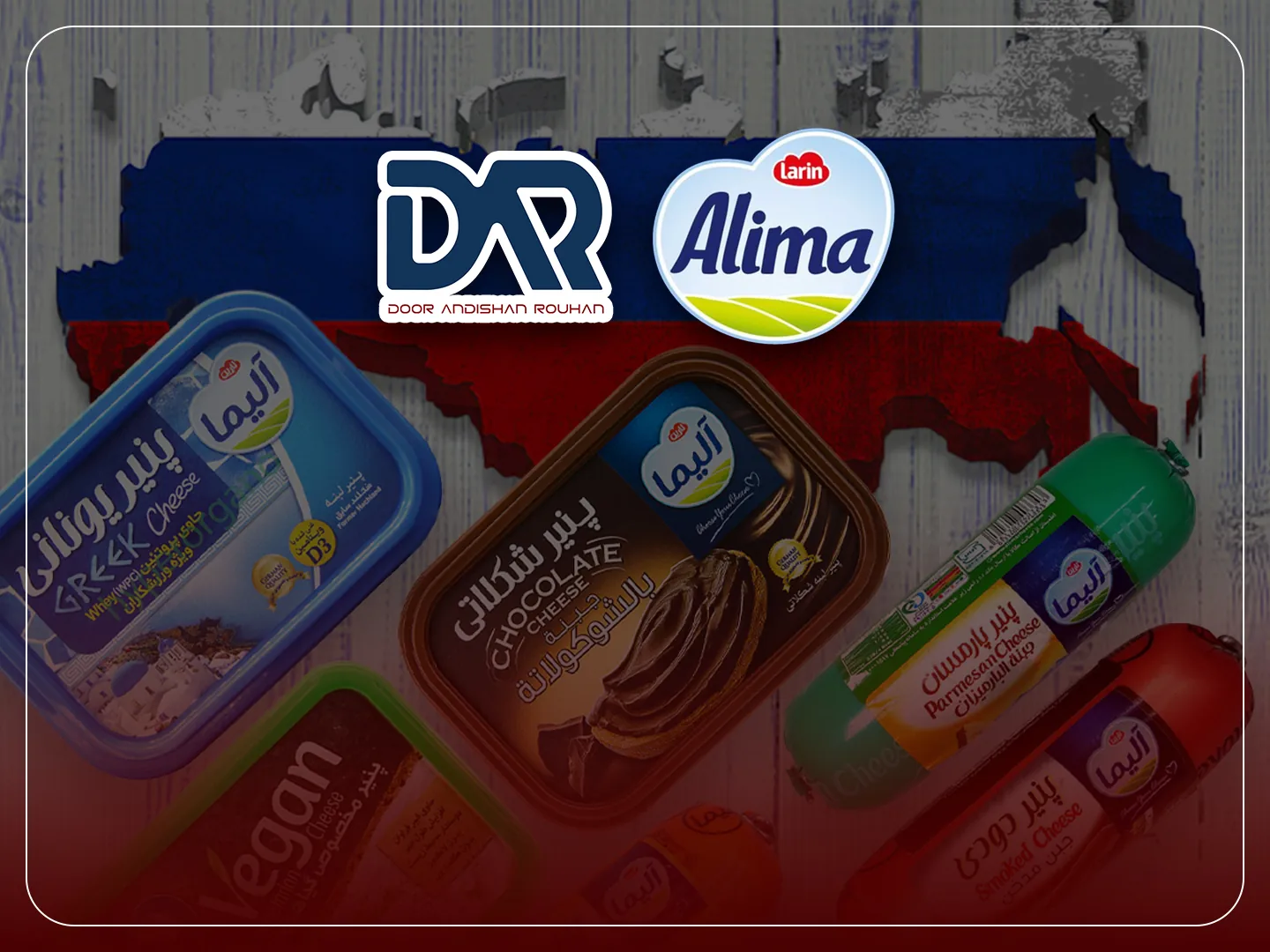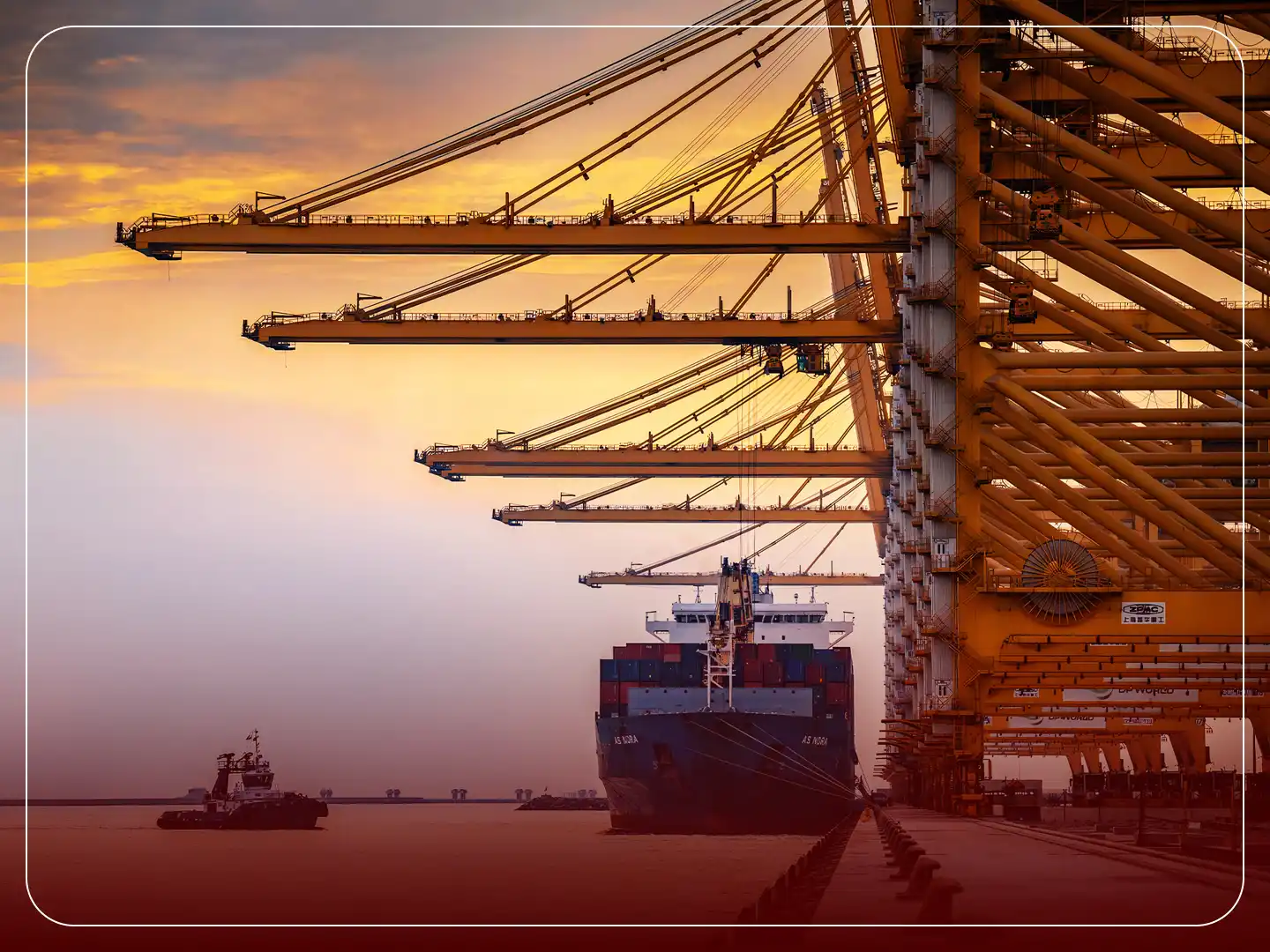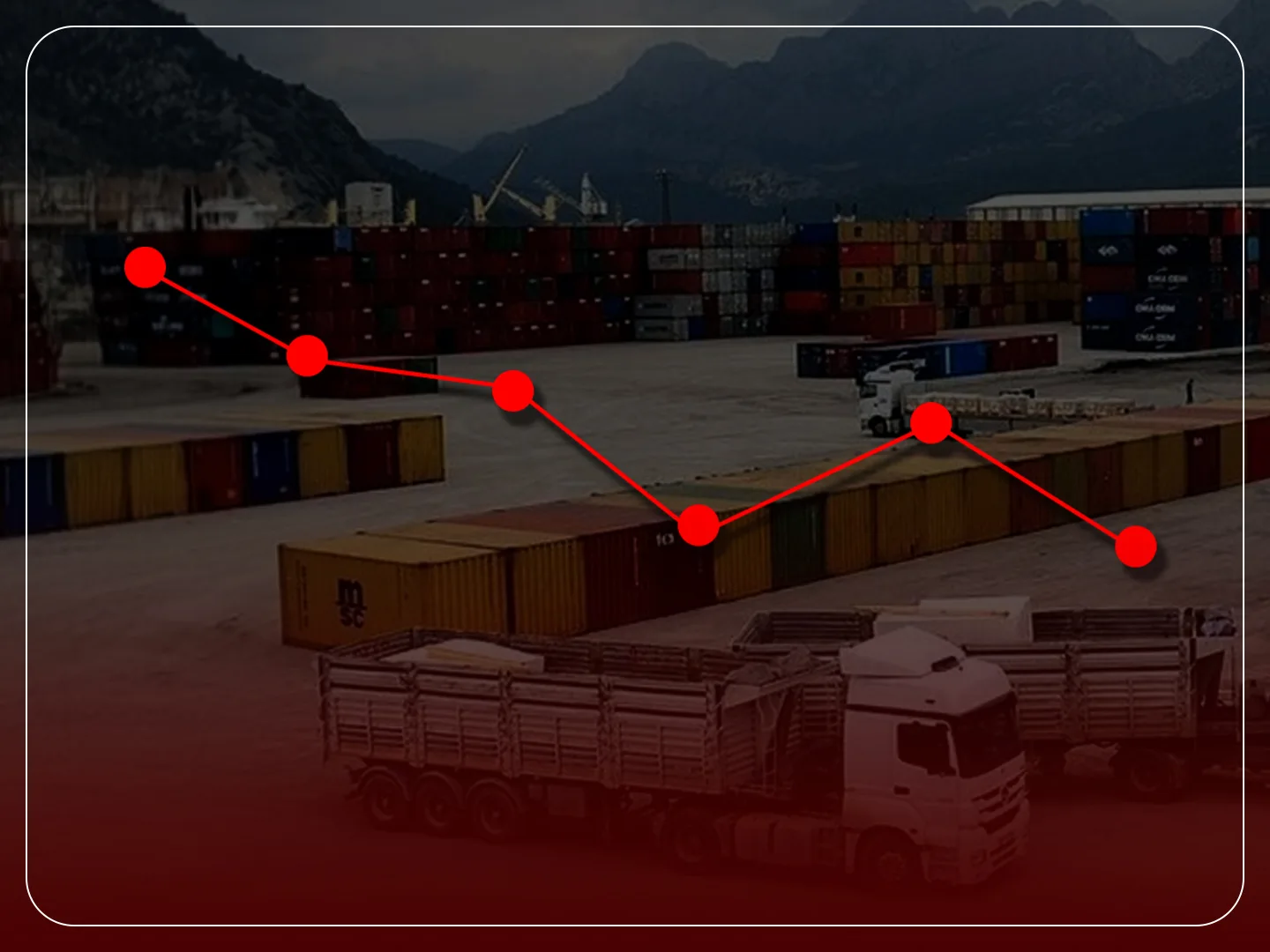Iran's Agricultural Exports: Expanding Footprint in the Middle East
Iran's agricultural sector has long been a significant part of its economy, but Iran agriculture exports over the past years have emerged as one of the cornerstones of non-oil growth. With international sanctions limiting oil revenues, Iran has looked to its rich agricultural heritage and diversified climate to send fresh fruits and vegetables, nuts, and spices to neighboring countries. The country's fertile land provides a variety of crops year-round, including pistachios and saffron, tomatoes and citrus.
With nearly 90% of its exports going to surrounding countries, Iran is poised to meet the growing food needs of the Middle East. Urbanization, population growth, and reliance on foreign food defining the region offer an ideal market for Iranian produce such as vegetables and fruits. The government has heavily invested in trade agreements, cold chain facilities, and greenhouses technology to make it competitive.
FAO says:
“The extent of cold chain capacity and utilization is greater for exported food products as compared to food destined for domestic market.”
The result has been impressive: in the Iranian year 1403 (March 2024–Feb 2025), agricultural and food product exports reached about $7.6 billion, up 35% from the previous year. This article will explore Iran’s agricultural export landscape, key commodities and markets, trade agreements, and how the country is adapting to Middle East trade demands. We’ll also examine the role of agricultural trade agreements and regional market dynamics in shaping Iran’s future.
Overview of Iran's Agricultural Export Landscape
Iran's agricultural export sector has a favored combination of nature and policy. The country has a variety of climate zones, allowing for the growth of a wide variety of crops throughout the year. Recent years have seen strategic shifting toward non-oil exports, headed by agriculture.
March 2024 to February 2025 witnessed farm exports totaling $7.57 billion, of which around 90% were for the 15 bordering nations of Iran. Both processed and fresh products are included in exports: pistachios, dates, saffron, apples, and tomatoes, among many more. High-value crops dominate the export list, and staple crops like wheat and rice are kept within the domestic market to a significant degree.
There remain challenges to be addressed, however, including water scarcity, outdated irrigation practices, and the need for better packaging and quality control. But government efforts such as greenhouses being expanded, export financing, and advanced cold-chain facilities are helping Iran become a competitive force in overseas markets. With ambitious targets to raise exports another 20–25% over the next few years, Iran's agricultural economy is well-placed to remain an important source of regional trade growth in the Middle East.
Key Export Commodities
Total exports in 1403 (March 2024 – February 2025): USD 7.6 billion
Growth compared to the previous year: 35%
Iran's most widely recognized agricultural export is the pistachio, or "green gold." Valued at hundreds of millions of dollars annually, pistachios are a symbol of Iranian trade prowess. Almonds, walnuts, and hazelnuts also join the top nuts. Dried fruits like raisins, dates, and figs are also high on the list.
The fresh fruits and vegetables are also an important category. Tomatoes, watermelons, apples, melons, and citrus fruits are widely exported to domestic markets. Iran's greenhouse industry has developed vigorously with exports of off-season vegetables like cucumbers, bell peppers, and lettuce during winters.
According to FAO, special but precious spices such as saffron and barberries (Zereshk) have lucrative markets. Iran is the world's leading producer of saffron and exports it to Europe, the Gulf, and Asia. The country has a competitive edge with respect to low production costs, favorable climatic conditions, and increased levels of international standards compliance.
Top Iranian Agricultural Export Products in 2024 are:
| Product | Export Value (USD) | Major Markets |
| Pistachios | $350M+ | China, UAE, Turkey |
| Dates | $262M | UAE, Malaysia |
| Tomatoes | $284M | UAE, Russia, Iraq |
| Watermelons | $184M | UAE, Kuwait, Oman |
| Apples | $111M | India, Russia, Iraq |
Major Iran's Agriculture Exports Destinations
Over 70% of Iran’s agricultural exports in 2024 were destined for five neighboring countries.
Iran's agriculture exports are in major part concentrated in regional markets, led by Iraq, the United Arab Emirates, Turkey, Afghanistan, and Pakistan. Iraq imports staggering quantities of Iranian produce by land transportation, while the UAE is both an immediate consumer as well as re-exporter to other Gulf nations.
Pakistan, Turkey, and Afghanistan are also major buyers, typically importing raw and processed produce and foods. Iranian fruits, vegetables, and nuts are exported by Central Asian countries like Turkmenistan and Kazakhstan, utilizing rail connections.
Iranian market these years has extended to Russia and even up to East Asia. Sales of citrus fruits to China, for instance, are a growing trend of market diversification. But the logistical advantage of proximity in transport times and cultural similarity to maintain the Middle East as the focal customer base.
These are the top Importers of Iranian Agricultural Products in 2024:
| Country | Share of Exports (%) | Key Imports |
| Iraq | 25% | Tomatoes, watermelons, dates |
| UAE | 20% | Tomatoes, cucumbers, citrus |
| Turkey | 10% | Nuts, fruits, vegetables |
| Afghanistan | 8% | Apples, onions, raisins |
| Pakistan | 7% | Citrus, dates, onions |
Trade Agreements and Regional Cooperation
Free trade and preferential agreements are the cornerstone of Iran's agricultural export strategy. Iran has over 20 free-trade and preferential agreements, with more in negotiation. The forthcoming Free Trade Agreement with the Eurasian Economic Union (EAEU), which includes Russia, Kazakhstan, Armenia, Belarus, and Kyrgyzstan, will eliminate tariffs on over 85% of the traded goods, including agricultural products.
Iran is also a founding member of the Economic Cooperation Organization (ECO) comprised of Turkey, Pakistan, Afghanistan, and Central Asian states. ECO offers lower tariffs, coordinated infrastructure, and streamlined customs, all of which assist agricultural exports.
Participation in trade fairs and regional expos enables Iran to develop a goodwill relationship with the surrounding GCC states, even though there is no formal GCC–Iran free-trade agreement. The growing intertwining of formal and informal agreements enables the country to achieve a continuous flow of goods into the neighboring markets, thus increasing their competitiveness and market share.
Bilateral Agreements
Bilateral agreements have also functioned well to promote Middle East trade in farm products. Iran's agreements with Pakistan, for example, aim to boost total trade to $10–12 billion annually. Land border corridors and maritime connections, such as: linking Iran's Chabahar to Pakistan's Gwadar, facilitate agricultural product transportation to be faster and more cost-effective.
With Turkey, Iran has signed agricultural MOUs for animal feedstuffs, poultry commodities, and fresh vegetables and fruits. The two countries aim to increase bilateral trade from $11.7 billion in 2023 to $30 billion by 2030 and with a strong possibility that agriculture will dominate much of this.
These agreements generally entail commitments to improve customs facilities, align food safety laws, and improve logistics—issues that have a direct impact on perishable foods such as fruit and vegetables. By being so closely coordinated with border governments, Iran simplifies transit and makes it less burdensome in regulatory terms for its exporters.
Participation in Regional Trade Organizations
Iran's membership in the regional trade organizations doubles its agricultural outreach. The EAEU free-trade zone should render Iranian nuts, dates, and citrus fruits competitive in northern markets by removing tariffs.
Iran is involved in infrastructure projects like the East–West transit corridor through ECO, which facilitates the delivery of products faster. The organization also facilitates cooperation on food security, giving Iranian exporters priority during periods of scarcity.
Iran's de facto tariff arrangements with a handful of Arab neighbors reduce costs even more. With no formal GCC trade arrangement, re-export channels through Oman and the UAE allow Iranian goods to reach Gulf shelves quickly enough. Integrating into these systems allows Iran to break its dependence on any one market and open up new opportunities for its farm sector.
Market Dynamics and Consumer Preferences
Regional market pressures significantly influence the export strategies of Iran. The Middle East and, more specifically, the Gulf states have limited agricultural capability due to water and climate restrictions. This forces them to import fresh fruits and vegetables year-round.
Iran's asset is to sell these markets affordable, high-quality products. Greenhouse farming, which has tripled since the 1990s, allows year-round cultivation of fruits like tomatoes and cucumbers. Improved cold storage and packaging render Iranian produce appealing in competitive markets.
Culinary and cultural preferences also enter the picture. Dates are in greatest demand during Ramadan, pistachios are included in Middle Eastern hospitality packs, and winter seasons have the citrus fruits in top season. Iran adapts by synchronizing harvests and exports with these periods of highest consumption to gain maximum returns while fulfilling requirements in the market.
Demand Trends in the Middle East
Demand in the Middle East for Iranian fruit and vegetables is growing stronger by the day. Gulf nations like Qatar and the UAE import over 80% of their foodstuffs, so solid export possibilities exist. Price sensitivity on the part of consumers in the region means Iran's lower-cost produce outsells imports from Europe or North America.
Seasonal trends are important. Summer season is the time for melons, watermelons, and cucumbers to dominate exports; winter season is the time for citrus fruits, pomegranates, and greenhouse vegetables to dominate exports. High-value nuts and dried fruits maintain demand throughout the year, especially during religious and cultural holidays.
Any disruption in Iranian supply—weather, policy change, or logistics—triggers price volatility in importing countries. This highlights the importance of trust-worthy production and export planning in order to maintain market confidence.
Adapting to Market Needs
To maintain and grow market share, Iran is aligning itself with evolving consumer preferences. Irrigation using drip technology, precision farming, and greenhouse mechanization are being adopted by farmers to enhance yield and quality. Cold-chain logistics are being created, especially along such shipping routes as Bandar Lengeh to Sharjah, which delivers fresh produce to Gulf markets within 24 hours.
Exporters are also trialing new varieties to cater to local tastes—sweet melons for the Gulf market, larger tomatoes for the Russian markets, and premium nuts for specialty markets. Branding efforts, including geographic indications (e.g., "Birjand saffron"), are creating product identity and consumer trust.
Trade fairs and food festivals in Dubai, Doha, and Riyadh provide direct market demand exposure, with rapid changing of marketing and production strategies. This emphasis on the customer has been the key to Iran's achievement in regional market dynamics.
Conclusion
Iran's agricultural exports are emerging as a serious economic player, leveraging natural assets and active policy to propel expansion in the Middle East. Key crops like pistachios, dates, saffron, tomatoes, and citrus are winning enthusiastic buyers across markets from Iraq to the UAE. Bilateral and regional trade deals have lowered barriers and simplified logistics, while investments in greenhouses, refrigerated storage, and packaging have improved product quality.
The Middle East's dependence on foreign food, with Iran close by and competitively priced, provides a solid basis for ongoing growth. Yet to provide long-term sustainability will require an easing of the challenges of sustainability, particularly water scarcity.
If Iran keeps up the pace of matching production with demand, improving trade infrastructure, and developing its markets, the position of being one of the leading regional suppliers of food will only increase. The ability of Iran to adapt to regional market trends and deliver low-price, high-quality Iranian fruits and vegetables positions it strongly for future growth in Middle East trade.





